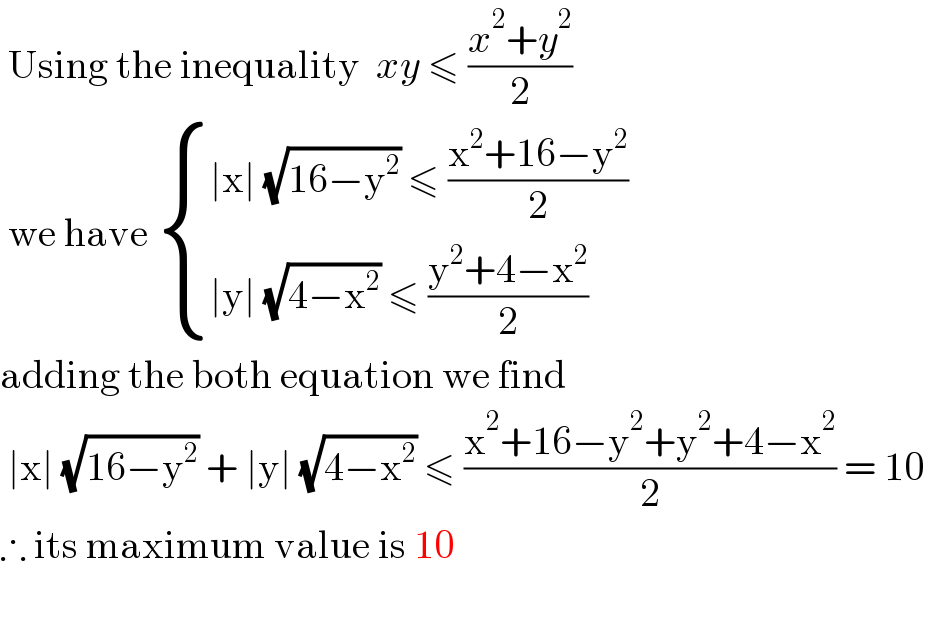
Question and Answers Forum
Question Number 128751 by bemath last updated on 10/Jan/21

Answered by mr W last updated on 10/Jan/21

Commented by liberty last updated on 10/Jan/21

Commented by mr W last updated on 10/Jan/21

Commented by liberty last updated on 10/Jan/21

Commented by mr W last updated on 10/Jan/21

Commented by liberty last updated on 10/Jan/21

Answered by liberty last updated on 10/Jan/21

Commented by mr W last updated on 10/Jan/21

Commented by liberty last updated on 10/Jan/21

Commented by mr W last updated on 10/Jan/21

Answered by mr W last updated on 10/Jan/21

Commented by liberty last updated on 10/Jan/21

